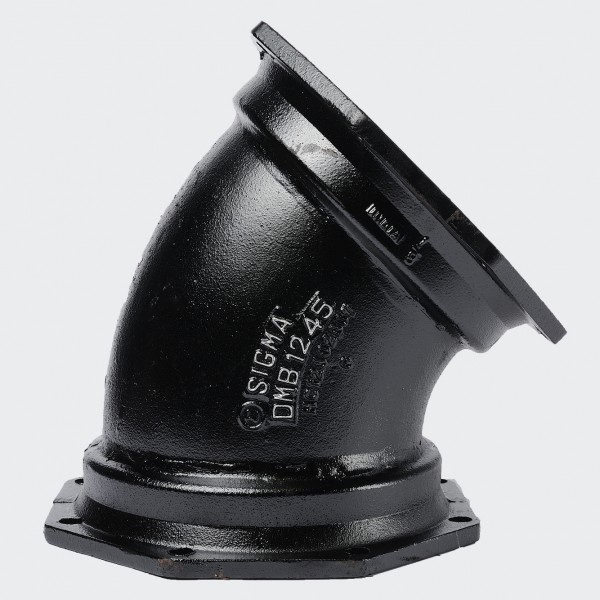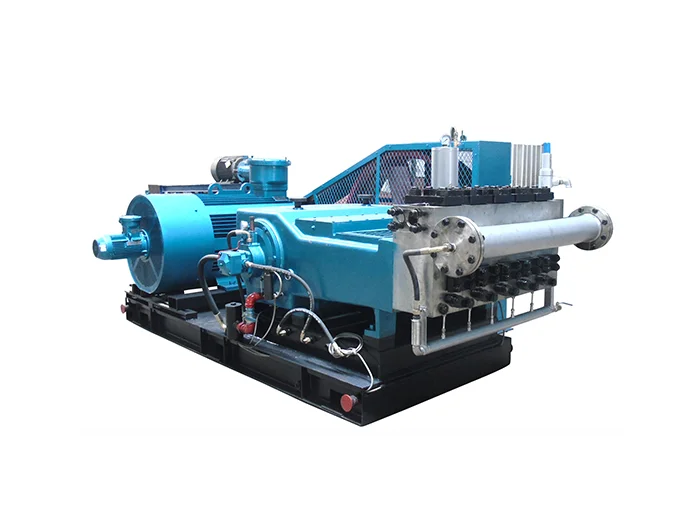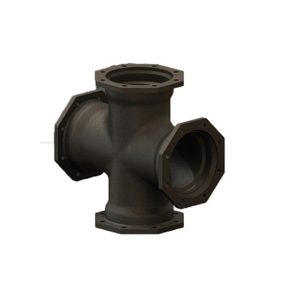
In the realm of engineering, the choice between welded and flanged joints is a critical decision that significantly impacts the structural integrity and functionality of a variety of constructions. This article aims to dissect and elucidate the nuanced disparities between these two types of joints, providing engineers and enthusiasts with a comprehensive understanding of their characteristics, applications, and considerations.
I. Welded Joints: Unifying through Fusion
A. Definition and Basic Mechanism:
1. Fusion Welding Processes
2. Weld Bead Formation
B. Strengths and Advantages:
1. Seamless Integration
2. High Structural Integrity
C. Applications:
1. Construction Industry
2. Automotive Manufacturing
II. Flanged Joints: Bolting for Stability
A. Definition and Basic Mechanism:
1. Flange Components
2. Bolted Connection
B. Strengths and Advantages:
1. Modularity and Ease of Maintenance
2. Dismantling and Reassembly
C. Applications:
1. Piping Systems
2. Pressure Vessels
III. Comparative Analysis:
A. Structural Considerations:
1. Load-Bearing Capacities
2. Fatigue Resistance
B. Cost and Manufacturing:
1. Fabrication Expenses
2. Production Time
C. Flexibility and Adaptability:
1. Adjustability in Design
2. Environmental Factors
IV. Real-World Examples:
A. Bridge Constructions
B. Oil and Gas Pipelines
V. Choosing the Right Joint for the Right Job:
A. Decision-Making Factors
1. Project Requirements
2. Long-Term Considerations
VI. Future Trends and Innovations:
A. Advancements in Welding Technologies
B. Innovative Flange Designs
Conclusion:
In the perpetual quest for structural efficiency, understanding the disparities between welded and flanged joints is paramount. This article has aimed to provide a comprehensive exploration of these two engineering marvels, offering insights into their applications, strengths, and considerations. Whether in the construction of bridges or the fabrication of pressure vessels, the choice between welded and flanged joints can shape the success of a project.


